Neural Correlates of the Consciousness of Fear
Overview:
This project aimed to understand the brain mechanisms responsible for fear and how conciousness plays a role in the fear factor.
Abstract:
Fear is one of the most fundamental motivating factors in human life. The neurobiology of fear has been extensively studied both in animals and humans. What is largely unknown, however, is how specific nodes of the fear circuitry contribute to the conscious experience of fear.
This project involves probing the brain regions involved in the conscious experience of fear. Probing will be accomplished using a novel, noninvasive form of brain stimulation, transcranial Focused Ultrasound (tFUS)/Low Intensity Focused Ultrasound Pulsation (LIFUP), in conjunction with functional Magnetic Resonance Imaging (fMRI).
We hypothesize that, during a fear-inducing task, active tFUS of the amygdala will decrease activity within the fear circuit and correspond with lowered skin conductance ratings and fear ratings, compared with sham tFUS. We have enrolled n=16 healthy controls in this study thus far.
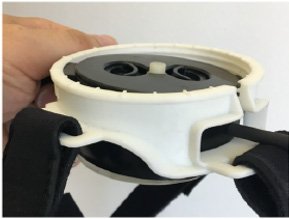
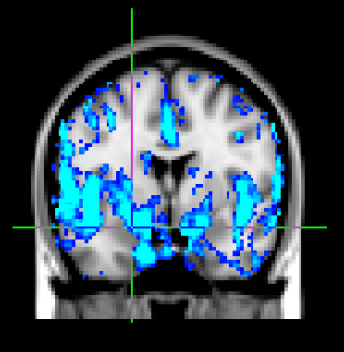
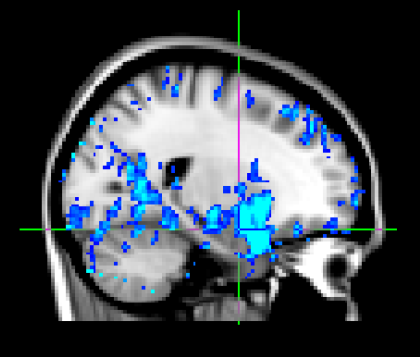
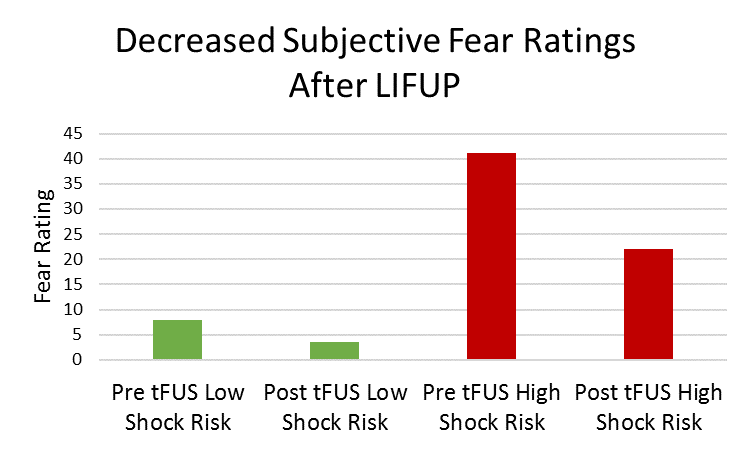
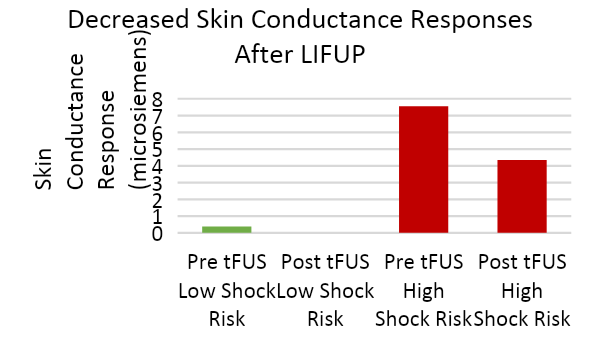
Broader Impact:
The results from this study have larger implications for the conscious experience of fear and tFUS/LIFUP. Specifically, tFUS/LIFUP of the amygdala will elucidate the causal role of the amygdala in objective and subjective components of fear. If tFUS/LIFUP can decrease subjective fear, this suggests that tFUS of the amygdala has therapeutic potential for individuals with clinical levels of fear/anxiety, such as anxiety disorders and specific phobias.